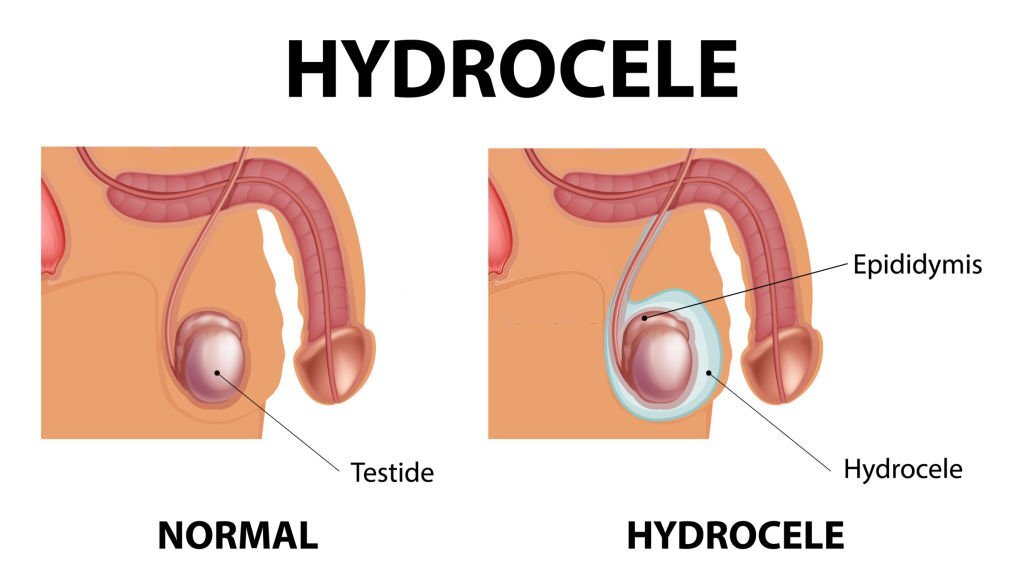Laser Hydrocele



Laser Hydrocele Treatment: A Contemporary Approach to Resolving Fluid Accumulation
A hydrocele is a scrotal condition marked by swelling. This swelling emerges when fluid accumulates within the delicate covering enveloping a testicle. Hydroceles are commonly observed in newborns and typically resolve without intervention by the age of one.
They can also manifest at any stage of life; adult men or older boys might develop a hydrocele as a result of scrotal inflammation or injury. Generally, hydroceles are not a health concern and tend to resolve on their own. However, if you experience scrotal swelling, it’s essential to consult your doctor to eliminate other potential causes like testicular cancer.
Laser Hydrocele
What causes Hydrocele?
Hydroceles can arise from an overproduction of fluid or diminished absorption. They typically develop in men over the age of 40 and often stem from the incomplete closure of the channel through which the testicles descended during infancy. Inflammation or injury in the scrotum or along the same channel can also trigger hydroceles.
In regions like India, hydroceles might be linked to infections like Filariasis, which is endemic. Certain fluid accumulations could consist of blood resulting from internal bleeding within the layers, often originating from trauma.
Symptoms of Hydrocele ?
Hydroceles typically do not induce discomfort. The sole indication of a hydrocele is the painless enlargement of one or both testicles. In adult men, a sense of heaviness in the scrotum might be felt. Occasionally, the swelling could be more pronounced in the morning compared to the evening.
If sudden and severe scrotal pain or swelling arises, especially within a few hours of a scrotal injury, immediate medical attention should be sought. These signs and symptoms can be associated with various conditions, including compromised blood flow in a twisted testicle. This condition, known as Testicular torsion, necessitates prompt treatment within hours of symptom onset to safeguard the testicle.